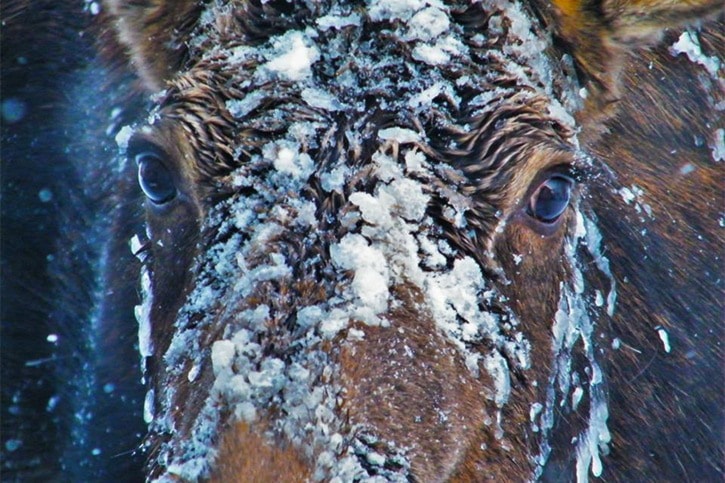The provincial government has recently announced a new strategy to modernize aspects of wildlife management, which will initially focus on growing moose populations across the province.
The moose population declined by 14 per cent in B.C. between 2011 and 2014, according to the provincial government.
The province’s first step will be to consult with key wildlife stakeholders and First Nations to identify the issues and clarify the objectives for moving forward.
According to Dave Fyfe, former President of the Wildlife Stewardship Council (WSC), although the province is not particularly clear on how it will enhance the province’s moose population, the most important thing about this announcement is that the province recognizes the need for more engagement, particularly with First Nations.
“This decline in moose has had tremendous impacts to First Nations communities, so we are strongly advocating and encouraging government to bring all First Nations to the table,” he said.
Lake Babine Nation (LBN) Chief Wilf Adam said he has been particularly concerned about the moose decline in the region because LBN relies on “We are working with the Ministry [of Forests] on the reasons for the moose decline and looking at all avenues for possible causes,” said Chief Adam.
The moose population in the Bulkley Valley Lakes District declined by 20 per cent from 2004 to 2011.
Fyfe said that although the WSC - a provincial organization whose membership includes First Nations, guide outfitters and associate members -strongly supports and applauds the government’s recent announcement, he believes it is long overdue.
For a number of years the WSC has been calling for the formation of a provincial wildlife roundtable that would include representation from First Nations, industry, key stakeholder groups and government.
“We believe a roundtable approach would replace the politically motivated people management system that currently exists with a more responsible, sustainable wildlife and habitat management process,” said a WSC press release from 2015.
The WSC contends that wildlife declines are a direct result of a number of key factors, including failure of successive governments to acknowledge many of the concerns being voiced by conservation organizations and First Nations.
In addition, the WSC says that industrial activity with little oversight or accountability has led to severe habitat degradation.
“We all understand the importance of the forest industry and how it relates to the economy, but we also have to recognize that a lot of the activity on the land has had a negative impact on habitat and wildlife,” said Fyfe. “When you’ve got poor habitat and you bring in an imbalance of predators, it’s a really bad combination.”
Fyfe said the WSC would support a “responsible predator-prey management program” such as the controversial wolf cull program implemented in the South Peace and South Selkirk regions. However, Fyfe says a wolf cull program would have to be implemented with a broader approach.
“Just to enact a wolf cull [program] with no other plan, I don’t think most people would support that, even hunters,” he said. “It needs to come with a bigger picture.”
Part of the broader approach would include protecting wildlife habitat by taking a closer look at logging practices across the province, according to Fyfe.
“In many cases, logging practices haven’t always been best practices,” he said. “You have to make sure you’re giving wildlife a home that they can actually sustain themselves in.”
Fyfe said preservation of certain wildlife habitat areas would help support a healthy wildlife population.
“If you’ve got the habitat and the land, the predators fill in nicely too.”
